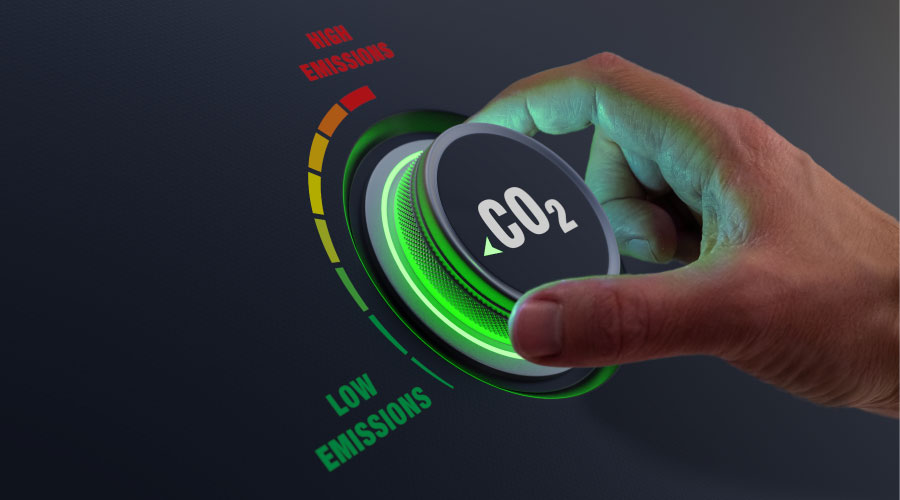Data Loggers Offer Specifics Of Equipment's Energy Use
OTHER TOOLS. Data loggers, or devices that record such data as a piece of equipment's temperature or energy use can be very useful, energy experts say. For instance, one could measure the energy drawn by a specific transducer, Lewis says. The devices are relatively inexpensive — some can be found for less than $100 — and can help when deciding which of several larger energy saving investments might be most helpful. "They're a great way to start, and more cost effective and less disruptive than installing meters and sub-meters," Lewis says.
Of course, putting data loggers on multiple pieces of equipment would start to add up. Moreover, it could quickly become unwieldy to work with the information each provides.
Infrared cameras are another tool; they're used to measure locations in which energy is being lost, such as through gaps in the building insulation. However, it's important to take the time to understand the information the camera provides, or call in an expert who does, Lubinski recommends. "As a diagnostic tool, they can be helpful," he says. However, they're only useful when the person reviewing the data understands what he or she is seeing. That may require some training.
No matter which technology a facility manager chooses, taking steps to operate building systems efficiently is key to controlling energy costs.
As Lubinski points out, most of the return on investment from energy conservation measures comes from controlling equipment already in a building.
Moreover, the efficiency with which even the best equipment operates will tend to degrade over time. As Newman puts it, "Green goes to gray quickly." Measuring the operations of building systems, as well as maintaining them, is critical to efficient performance. A lower-efficiency, but properly operating system often can out-perform a high-efficiency system that is being run incorrectly, he adds. "Some building operators know their building and systems so well they can squeeze every BTU out of the system," Newman says.
Once a facility manager has a handle on the amount of energy used by a building, particularly when it's expressed on a per-square-foot basis, he or she can compare the building's energy costs to both local competitors and buildings in other parts of the country, says Lubinski. "If your building is $3 per square foot and the building across the street is $2 per square foot, there are a lot of dollars being left on the table."
Karen Kroll, a contributing editor for Building Operating Management, is a freelance writer who has written extensively about real estate and facility issues.
Related Topics:
















